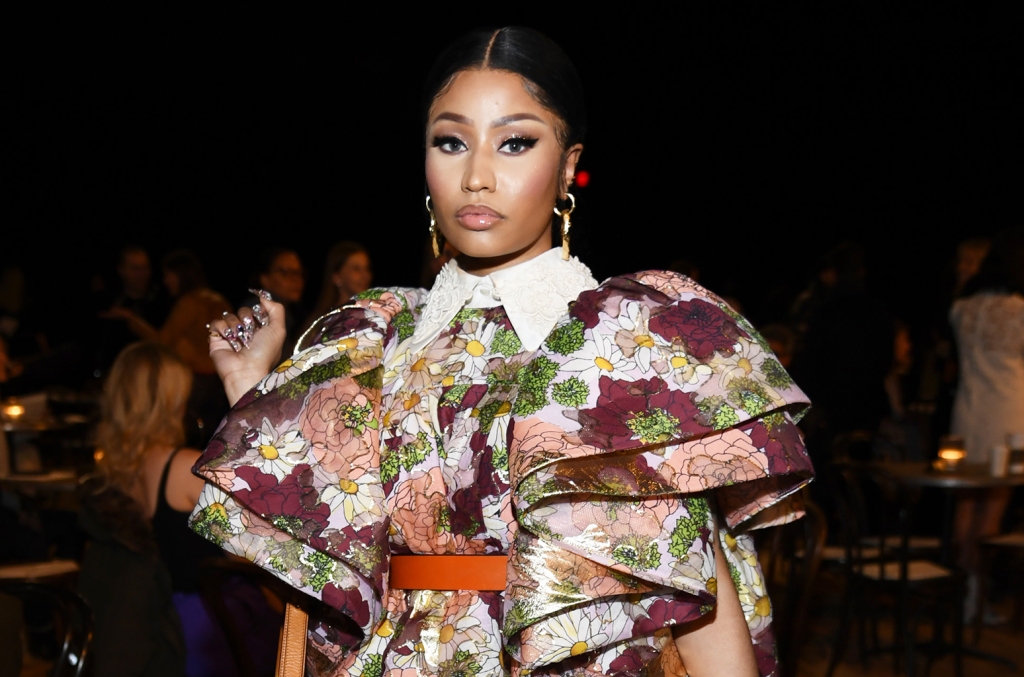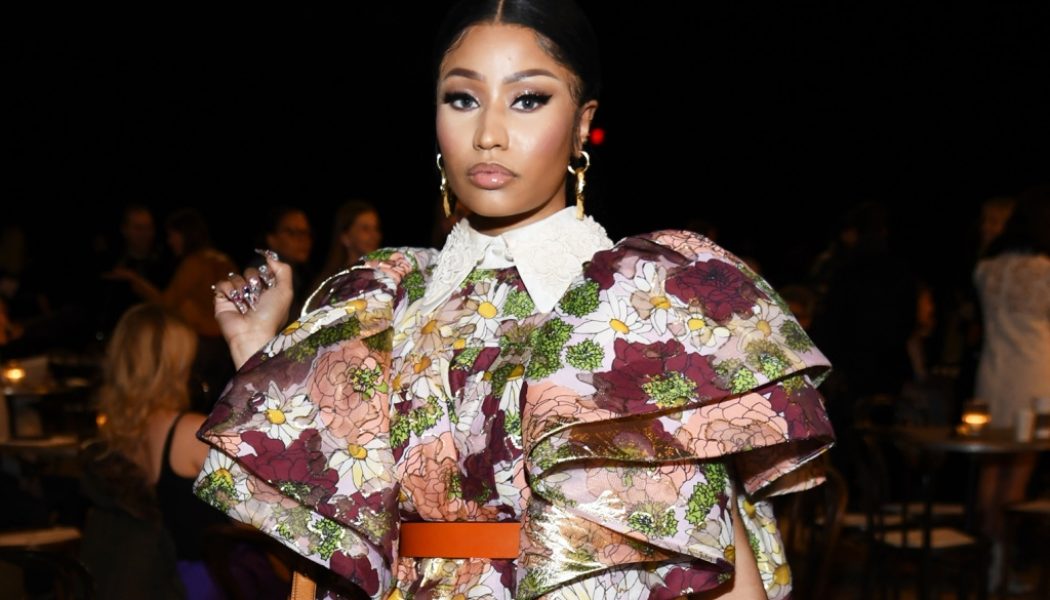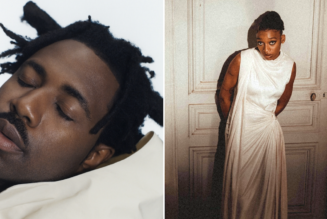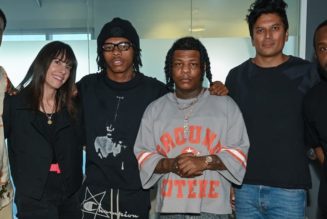
The University of California Annenberg Inclusion Initiative is back with its annual report on inclusion in the recording studio and, consistent with previous years, it found that women have been woefully underrepresented across the recorded music industry — though some gains have been made.
“There is good news for women artists this year,” said Dr. Smith in a release. “But let’s not get ahead of ourselves — there is still much work to be done before we can say that women have equal opportunity in the music industry.”
Released Tuesday (Jan. 31), the sixth annual report on gender representation in the music industry — sponsored by Spotify and titled “Inclusion in the Recording Studio?” — examined the gender of artists, songwriters and producers across all 1,100 songs included on Billboard’s Hot 100 year-end charts spanning from 2012 to 2022. Additionally, the study assessed every Grammy nominee nominated for record of the year, album of the year, song of the year, best new artist and producer of the year within the same time frame, along with this year’s inaugural songwriter of the year category.
In 2022, women represented only 30% of the 160 artists on the Billboard Hot 100 year-end chart, while men made up 69.4% and artists who identified as non-binary made up less than 1%. That 30% representation number is slightly better than the 11-year average, which places women at 22.3% of the total.
In terms of race, the report found that half of all artists on the year-end Hot 100 chart in 2022 were from underrepresented racial/ethnic groups. This was a decrease from 2021 when the study found that 57.2% of artists came from those groups. Between 2012 and 2022, 48.1% of all artists across the 1,100-song sample came from those groups.
Women of color fared slightly better last year, with the study noting that 65% of all artists from underrepresented racial/ethnic groups were women — an increase from 55% in 2021.
In terms of songwriters, women represented roughly 14% of songwriting credits on the Hot 100 in both 2022 and 2021. That represents only a slight increase over the full 11-year period when they made up 12.8% on average. Between 2012 and 2022, more than half of songs did not credit a woman songwriter, while 43% had one or more women songwriters. By contrast, less than 1% of all songs were missing male songwriters. Additionally, the 12 male songwriters with the most credits across the 1,100-song sample (Drake led the pack with 49, while Nicki Minaj topped the women songwriters list with 20) were collectively responsible for crafting nearly 25% of them.
Women of color landed more songwriting credits than white women in 2022, though the report suggests “this is not a metric worth celebrating” since the total number of women songwriters of color in 2022 decreased compared to 2021.
The number of women with producer credits in popular music continues to be alarmingly low. In 2022, a mere 3.4% of producers were women across all songs included on the year-end Hot 100 chart. This was almost even with the percentage of women producers represented on all Hot 100 year-end charts since 2012 (excepting 2013-2015, which were not counted) when just 2.8% of songs credited women producers. Of the 50 women credited across the eight-year sample, just 13 — or 26% — were women of color.
The 2022 statistics also show that the Recording Academy’s Women in the Mix Pledge — which asked industry members to commit to working with a woman producer or engineer on a song — had no real impact on the charts. In 2022, only one pledge-taker (Nicki Minaj) worked with a woman producer (Malibu Babie) on a song that appeared on the Billboard Hot 100 Year-End Chart. Meanwhile, no pledge-takers worked with a woman engineer last year.
“This industry solution has not proven effective,” said Dr. Smith. “Until women and men artists hire women songwriters and producers the numbers will not move. It’s more than just allowing an artist to credit themselves on a song, it’s about identifying talent and hiring women in these roles. That’s the only way that we will see change occur.”
The Grammy Awards, which will hold their 65th annual ceremony Sunday (Feb. 5), also have a large indifference in terms of representation, according to the study. In 2023, 15.2% of nominees across six major categories are women — virtually unchanged from 2022 when the number was 14.1%. Across the 11 years evaluated, 13.9% of nominees in the major categories were women, while 86% were men. In 2023, women were most likely to be nominated for best new artist (50%) and song of the year (33.3%) but represented only a fraction of nominees for record of the year (15.1%) and album of the year (12.2%). On the bright side, in this year’s brand-new songwriter of the year category, women made up 60% of the nominees.
Of the women nominated in the past 11 years across all major categories, 51.5% were white while 48.5% were from underrepresented racial/ethnic groups. But in 2023, women of color received more nominations in key categories than white women did. According to the report, 61.5% of the women nominated this year were from underrepresented racial/ethnic groups, compared to 38.5% who were white.
In the report, a simple solution is proposed to help lessen the inequities: hire women. “The process of creating a song is collaborative, and until women are involved in the process, we will continue to see the numbers lag,” it reads.
Pipeline programs like She Is The Music, the EQL program, and Women’s Audio Mission are also touted as ways to support inclusion efforts. “Women are stereotyped — in terms of the types of songs and genres they can create, and into the roles they can play — they are sexualized, and their talents and experience are discounted. The pipeline programs noted above are designed to address these barriers, but there is more to do. As stated earlier, women must be hired, and they require allies and champions — men and women — throughout the industry who will help demolish barriers.”
To read further findings from the Annenberg Inclusion Initiative, head here.









